Sunday, July 26th. Moab, Utah.
“Kit Carson finds a book that tells of feats he never did. [Ahwahneechee activist] Jay Johnson finds a museum display that tells him he has vanished long ago. In the simulacral West, cowboys expand, Indians contract. “
-Rebecca Solnit, “The Postmodern Old West”
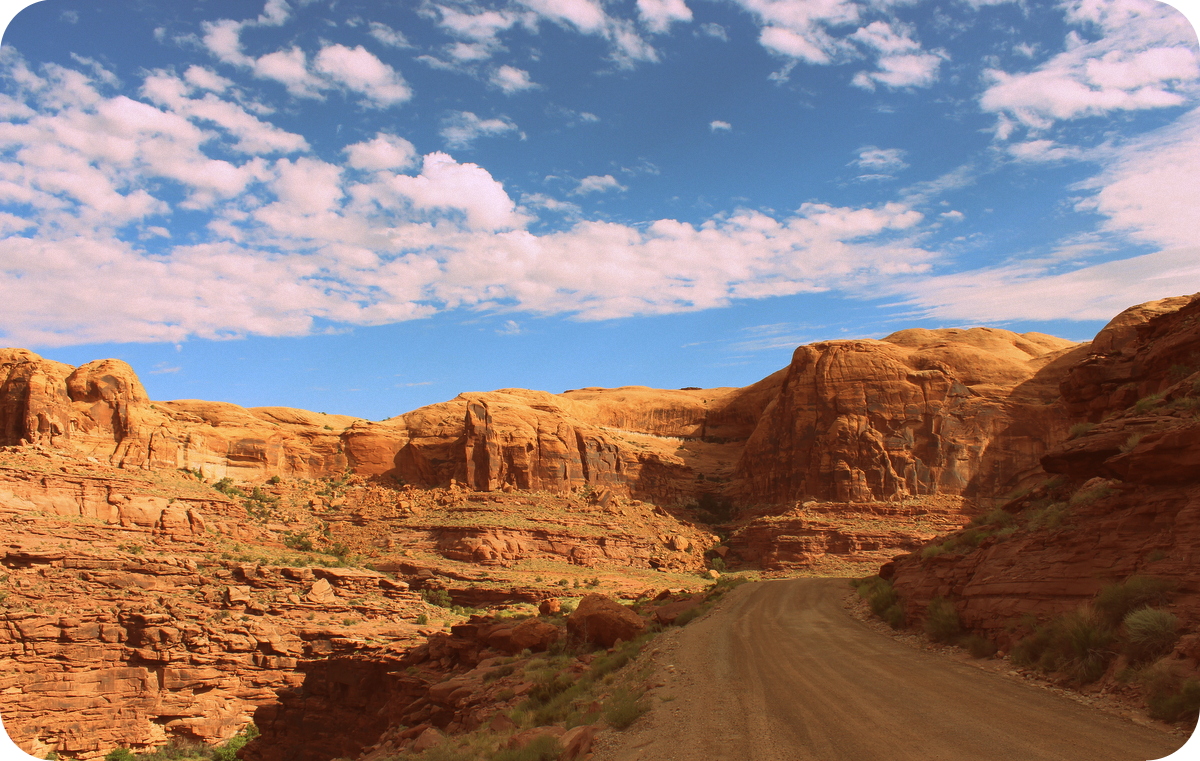
I’ve been to Utah a few times, I think, most recently in 2005, on an eight-hour Greyhound bus layover in Salt Lake City. I’ve been once in the winter, too. Abby says Utah, which she saw for the first time last year, is her favorite state. I can’t seem to separate it from its legends, specifically those of the Mormons, how nobody noticed anything out of the ordinary when they saw Elizabeth Smart out with her kidnapper.
Moab, once the Old Spanish Trail’s Colorado River crossing, is a town that got “built up” in fits and starts after centuries of prosperous inhabitance by Native Americans, followed by decades of wars between missionaries and Native Americans. Then white people found uranium here — and later, oil and gas — and that was the end of any kind of life for the Natives. Moab incorporated in 1902. When it came Utah’s turn for the railroad, though, they built tracks that bypassed Moab altogether, meaning traders had better places to cross the River. Due to that, it’d take another 40 years for the town to exceed 1,000 residents.
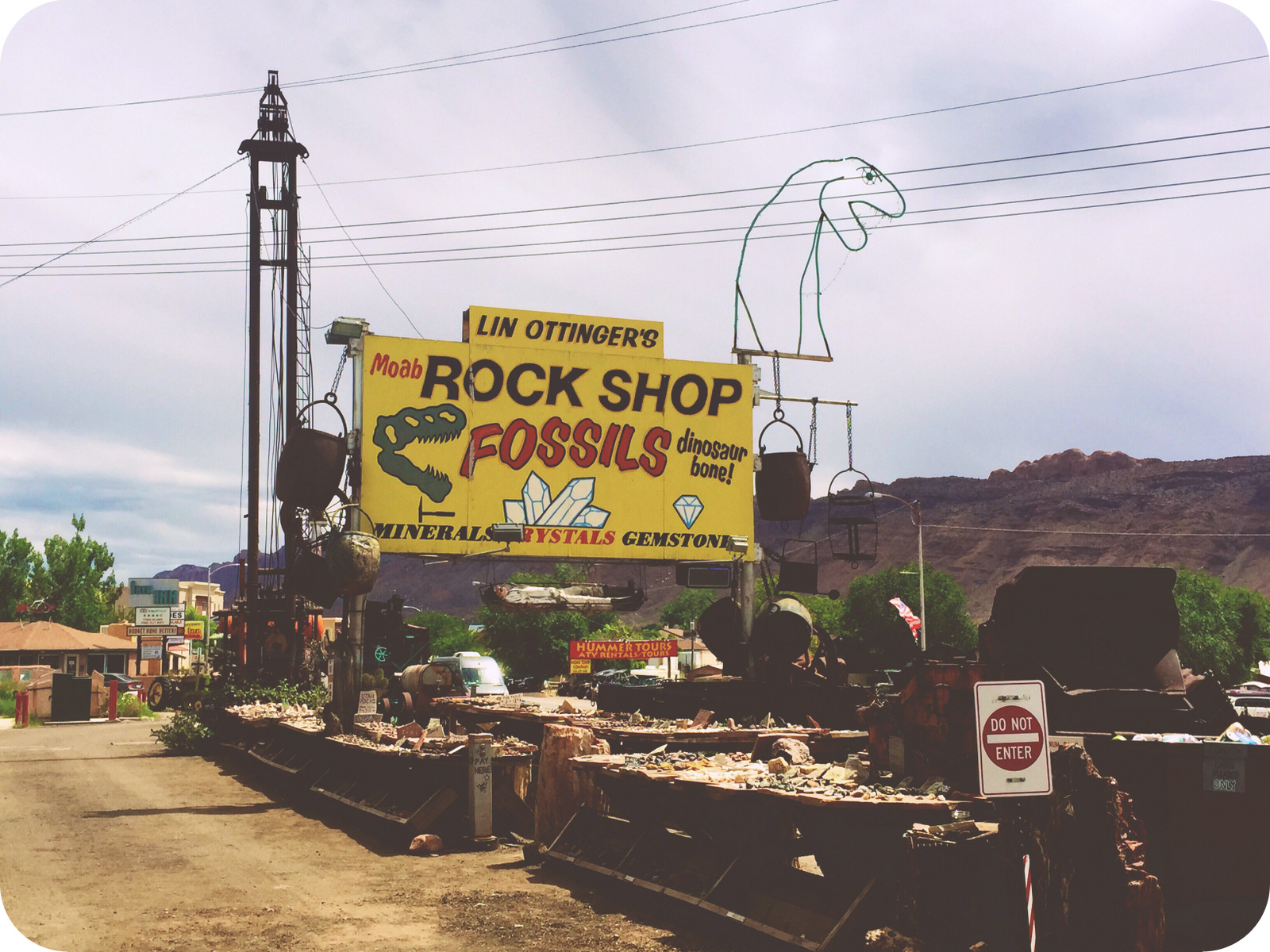
In the ’30s, one of FDR’s New Deal Civilian Conservation Centers got built here, created to provide conservation-and-development-related manual labor jobs to unskilled unemployed men. But in 1942 the building took on a new, more sinister purpose: it became “The Moab Isolation Center.” This is where the government sent Japanese-American internees from California who openly resisted or rebelled against the War Relocation Authority. This isn’t often mentioned in local tourism materials. But this is America, after all, blood and dust and the ghosts of men tortured in the name of ‘freedom.’
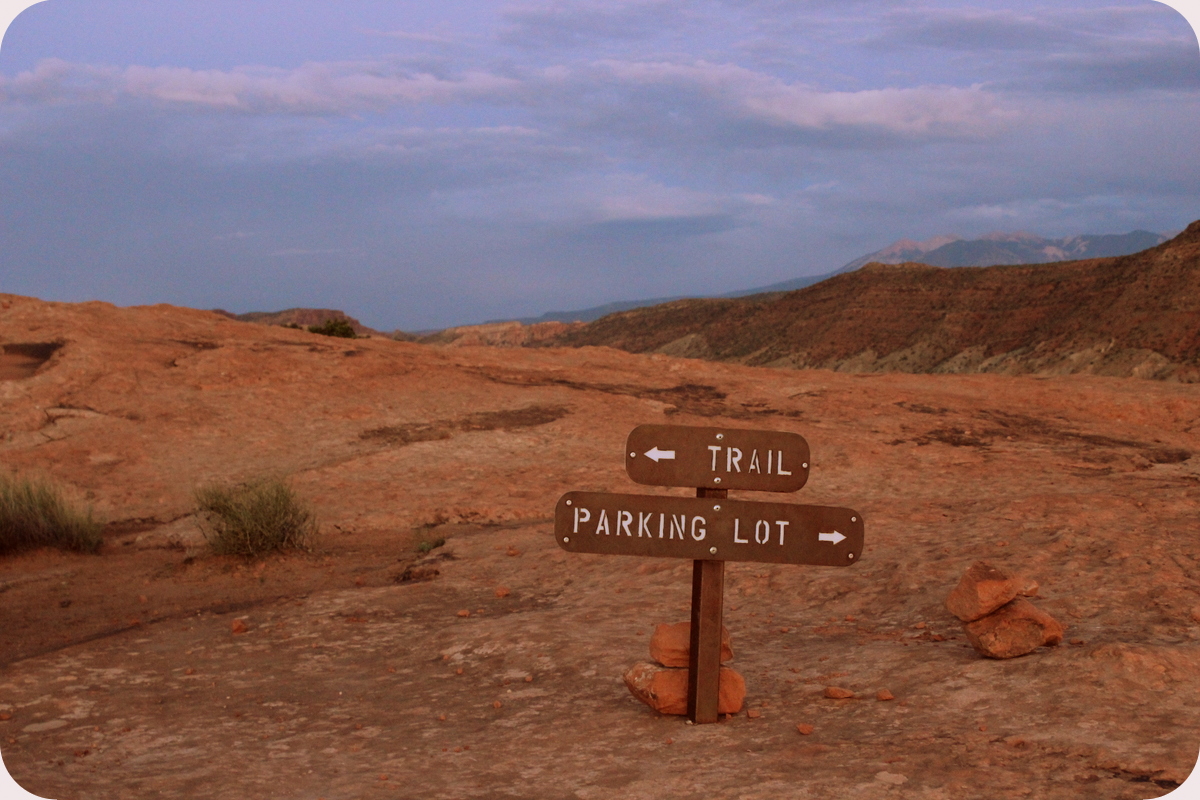
The Moab of today began its particular tale in the 1950s, when it briefly enjoyed the dubious title of “uranium capital of the world” and saw its population explode, doubling in size from 1950 to 1960, reaching over 5,000 residents in the late ’70s. The Cold War ended all that, and tourism became its main drag. A lot of Westerns have been filmed out here, apparently, which isn’t hard to believe because it’s beautiful, the kind of landscape that makes bad photographers feel like good ones. Maybe it makes bad movies seem like good ones, too. Western and action movies concoct endless situations in which belligerence is justified and admirable, writes Rebecca Solnit in “The Postmodern Old West,” in which a paranoiac autonomy is necessary.
Moab attracts a particular kind of tourist not uncommon in the Southwest: young, sunburnt men with long hair and four-wheelers or mountain bikes who jump off cliffs for fun. Also families, following guidelines to consume the recommended amount of water each day, wearing sensible shorts and hats. Even in Moab’s most crowded destinations, though — like the Island in the Sky — I already feel like we’ve got more room to breathe than we ever had in California.
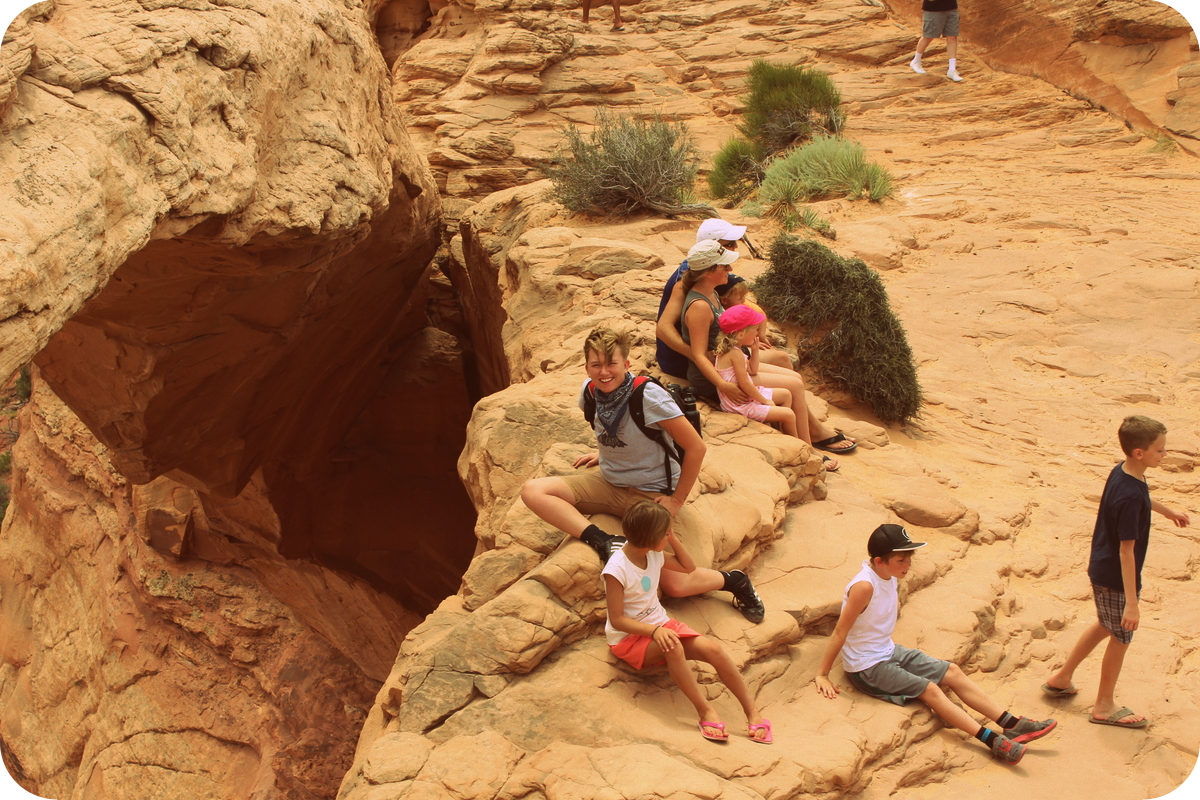
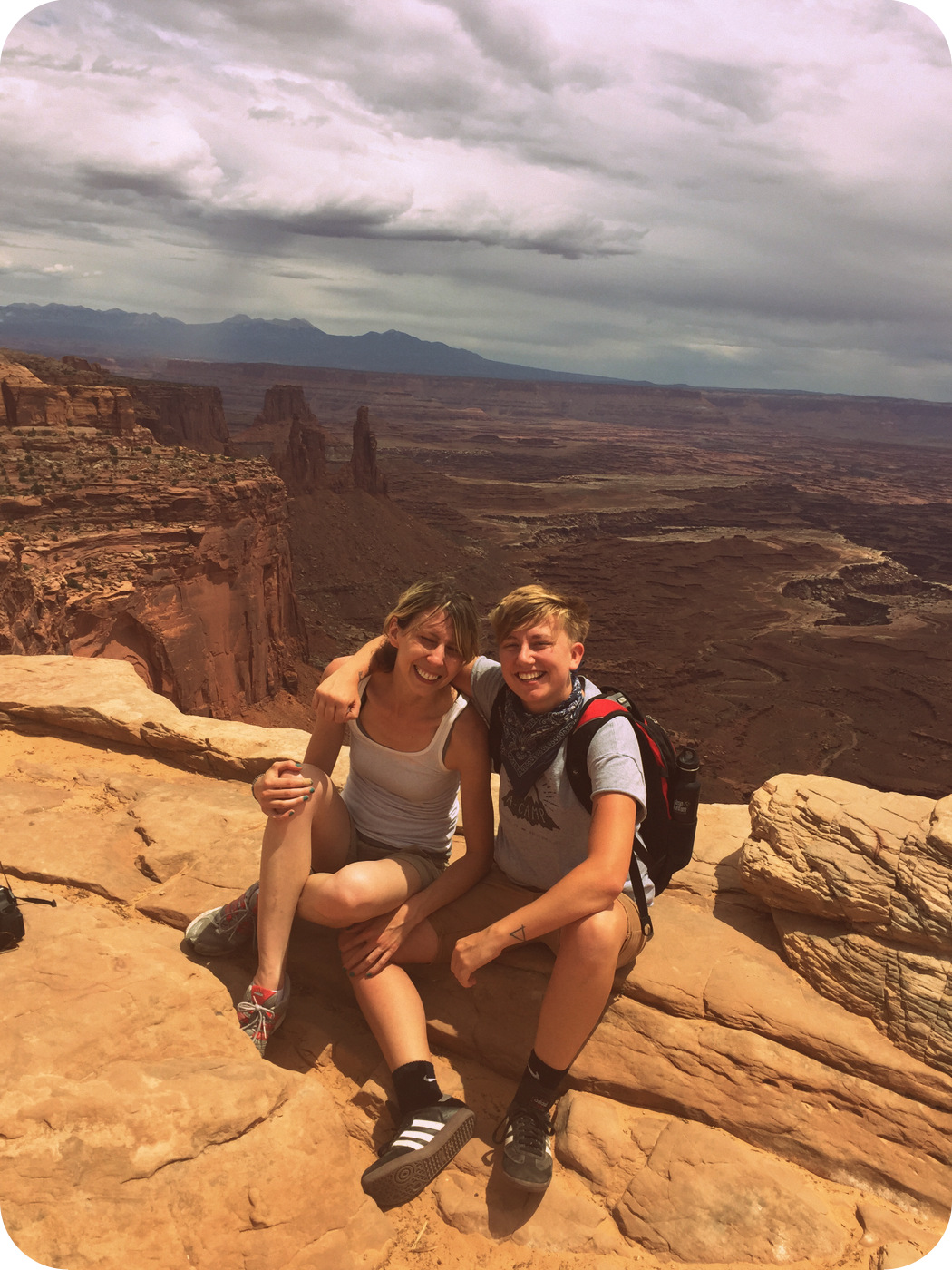
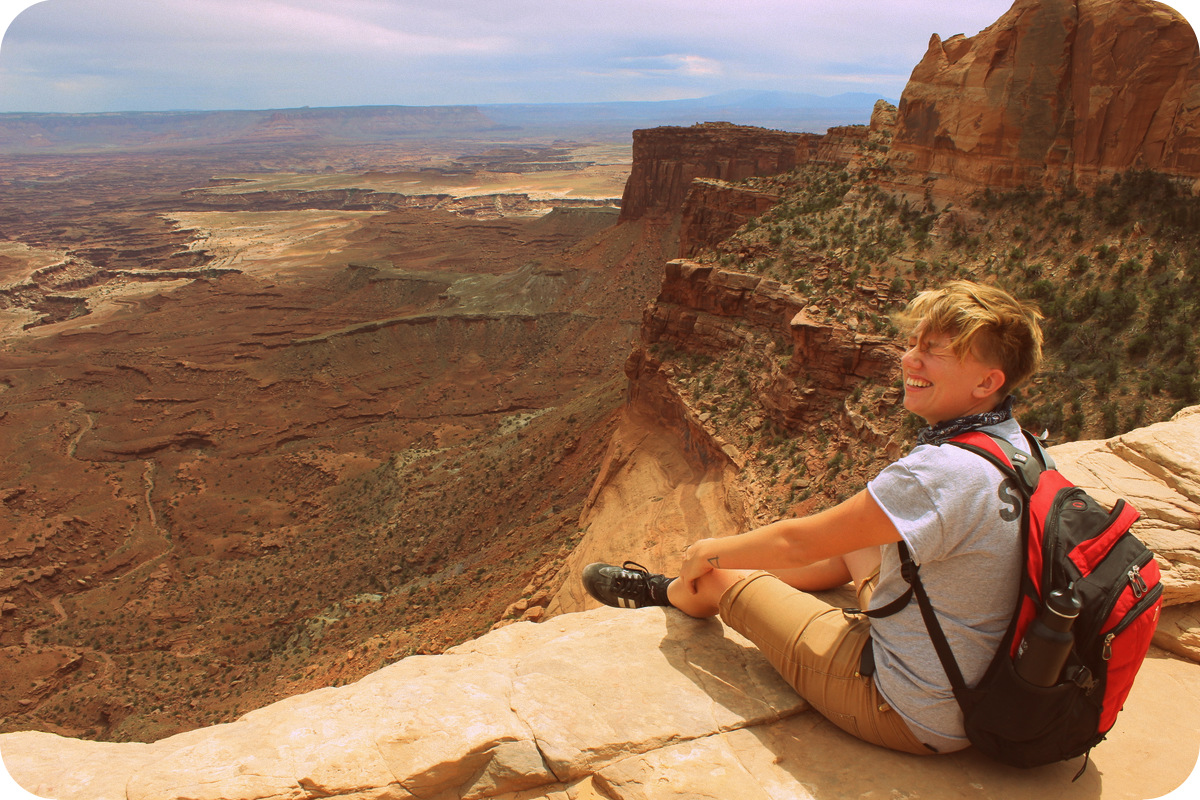
We’re here because Abby’s got a high-level obsession with petroglyphs, the pictogram and logogram images carved into rock slabs thousands of years ago by ancient tribes. So we pick up a booklet called “Moab Rock Art” for $5.99 and set out to see them all. We both love to study recent history but Abby is definitely the ancient history buff. She likes things that are a little harder to figure out and also believes in aliens. So, I tag along, giddy by osmosis.

The sun rises over canyon country today just as it rose thousands of years ago when indigenous people chiseled images into rock, reads the introduction to”Moab Rock Art.” Like the sun, their inscriptions remain, reminding us that there was a time when people did not communicate via computers, cell phones and televisions.
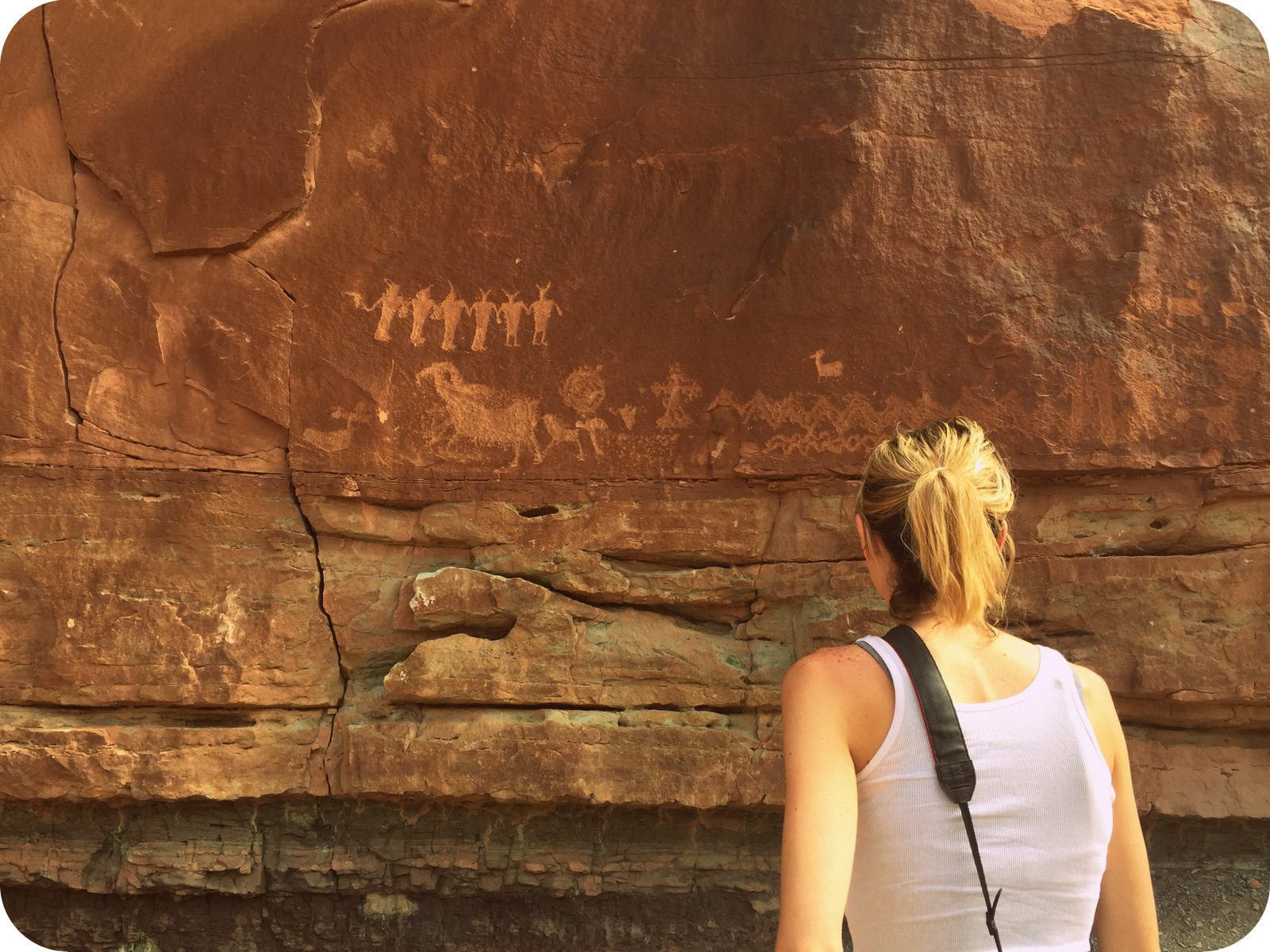
Vandalism of petroglyphs and dinosaur footprints is a preoccupation of the Moab tourism industry, particularly the vandalism of the color panels at Courthouse Wash: In April 1980, it was discovered that someone had scoured the panel with common cleanser until the images almost disappeared from the rock.
Extensive passenger-seat research reveals exactly nothing regarding why anybody would want to wash away the panels. The Courthouse Wash panel is, then, very difficult to find, impossible to spot until you are literally steps away from it, and we only pass one other couple while on our hunt. We learn about rock cairns — tiny stacks of rocks indicating a trail. Only in the desert would such tiny monuments remain intact enough to be mentioned as useful guideposts in a seemingly timeless travel brochure.
We like looking for things and finding them, though, even when it leaves us sweaty and thirsty.
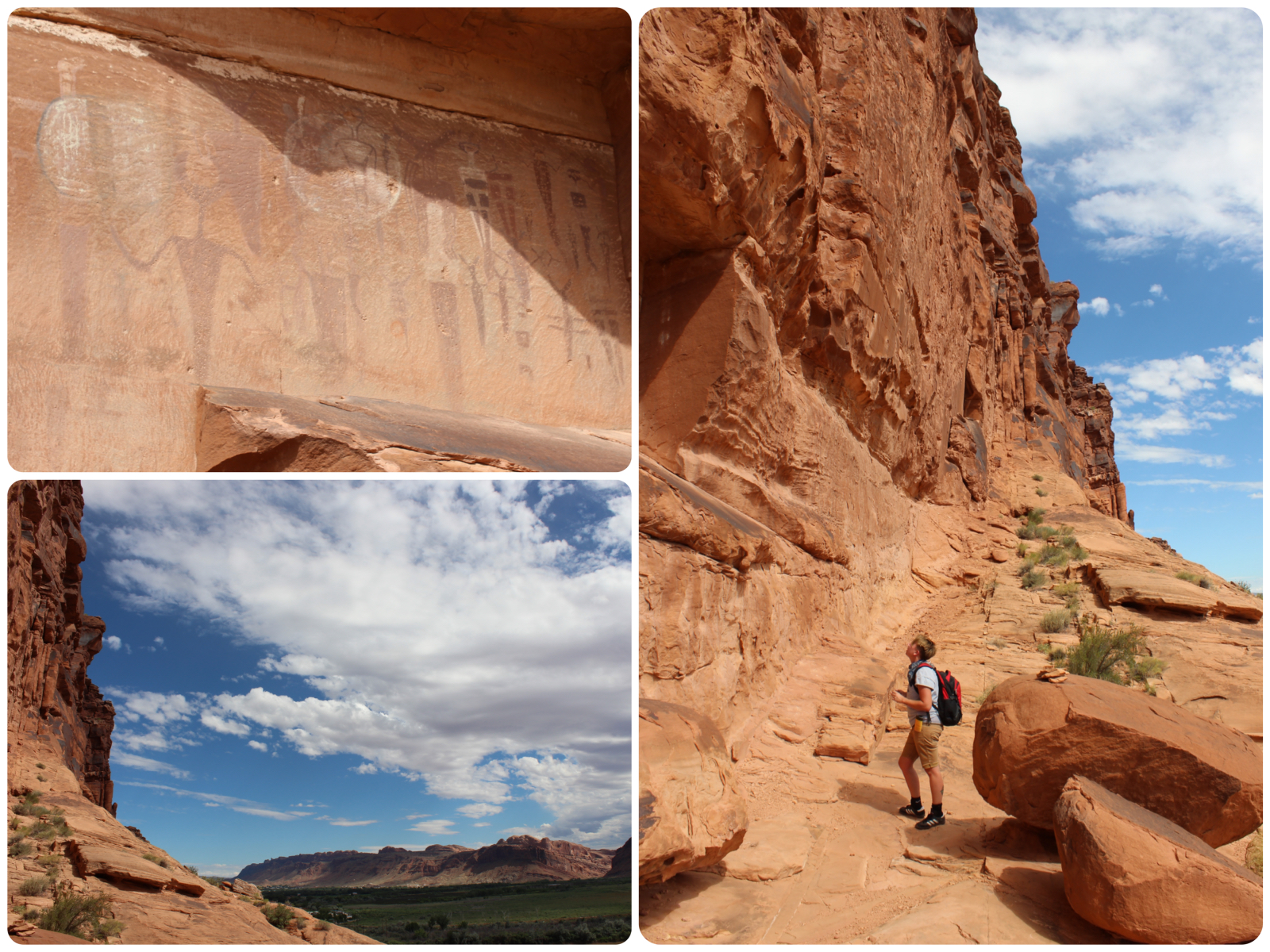
An hour before sunset we reach our second-to-last stop of the day, Arches National Park. There are petroglyphs at the base of the site and then a trail, marked and unmarked, from the parking lot up towards the fabled arches.
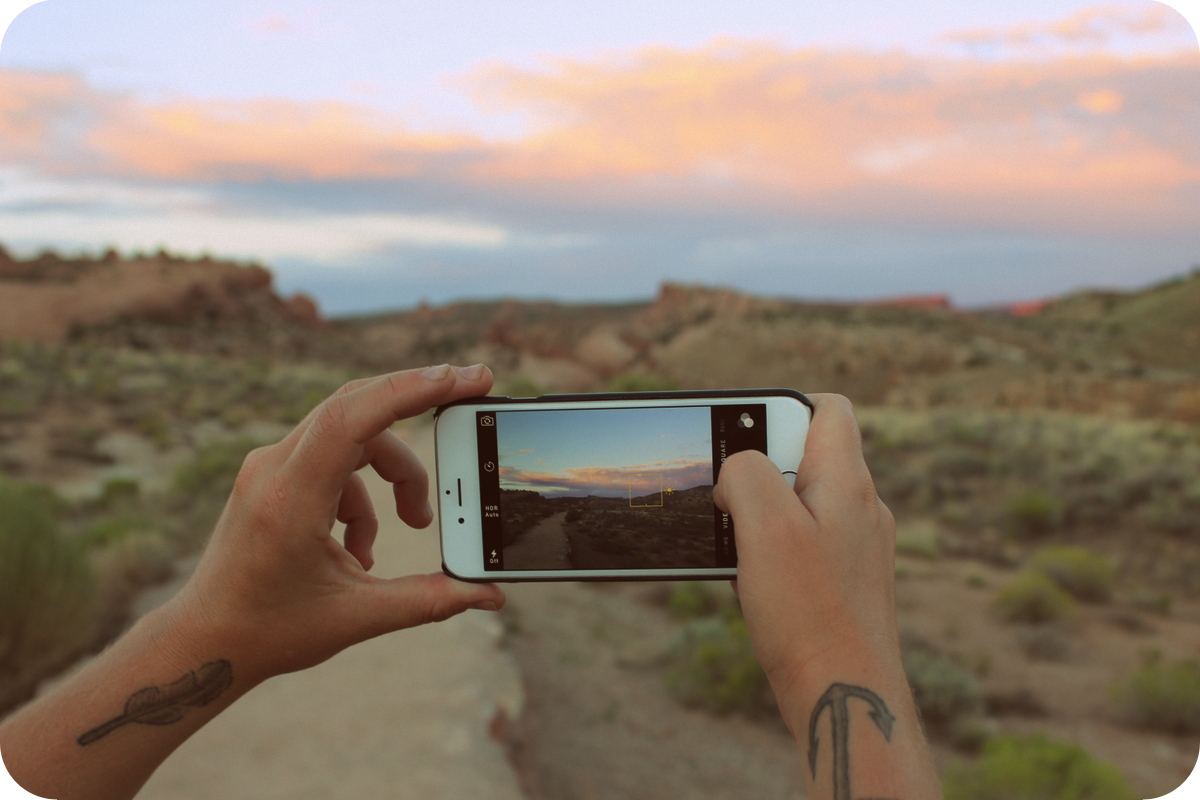
It’s getting darker. We walk up, past flocks of people walking down.
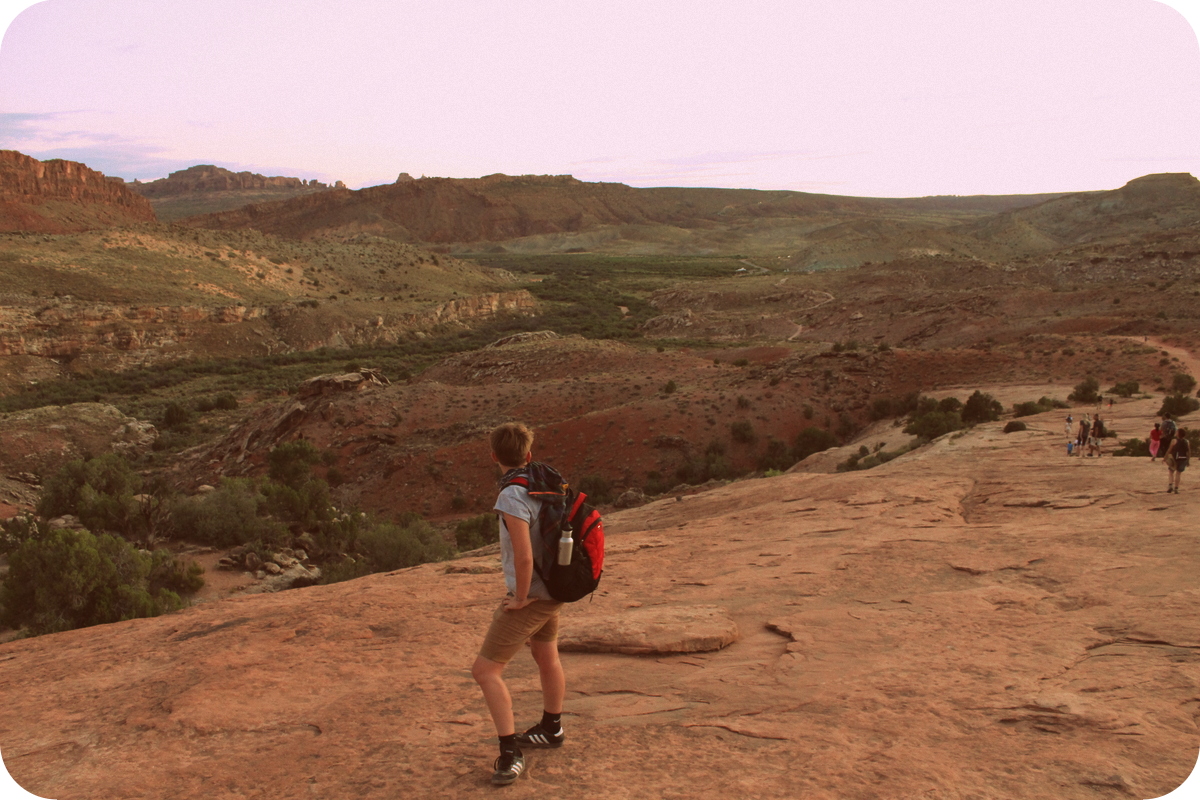
When you work at a computer all day every day, stretching your limbs like this feels amazing, putting one leg in front of the other until your car is too far away for words. We reach the final stretch in near-darkness, clutching a rock wall while dust unexpectedly rushes at our eyes. I’m shocked by the sting, like I was by the tear gas in Berkeley in what feels like another lifetime ago.
You can’t see the desert if you can’t smell it, Edward Abbey wrote in his famous screed about why people should get out of their cars. Dusty? Of course it’s dusty — this is Utah! But it’s good dust, good red Utahn dust, rich in iron, rich in irony.

So we lie on our backpacks and look at the arch with a few other stragglers or people spending the night.
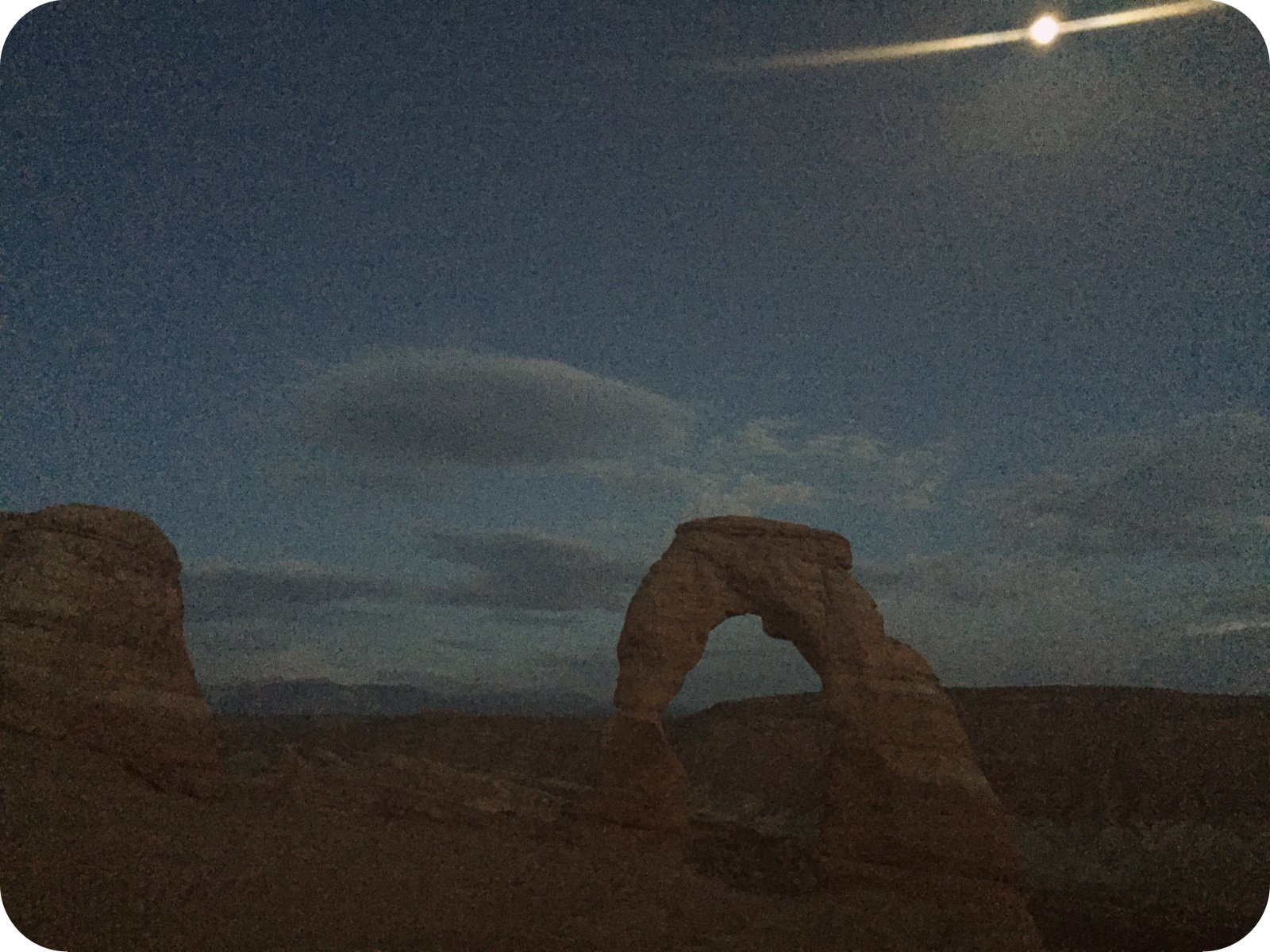
When we spot a big family heading down we ask if we can tag along so we don’t get lost in the desert forever. (That’s the kind of thing we would do, undoubtedly.) They agree but we realize quickly that they don’t speak English and don’t have a flashlight. It’s fine, between the moon and our last dredges of iphone flashlight, we blaze our trail back to the car. We head out to look at the stars while trying to ignore the red CAUTION light flashing from my dashboard, and get home in two pieces.
Monday, July 27th – Moab, UT to Denver, CO
“But for us there was no wilderness, nature was not dangerous but hospitable, not forbidding but friendly. Our faith sought the harmony of man with his surroundings; the other sought the dominance of surroundings. For us, the world was full of beauty; for the other, it was a place to be endured until he went to another world.”
– Chief Luther Standing Bear
The auto mechanics want me to be very aware that they are not familiar with Priuses. I get it, I get it. Abby and I have a fight about nothing and wait for my car to get fixed while sitting on opposite ends of a curb encircling a road sign, then head out to the only remaining petroglyph site on our list, only half a mile from another abandoned mining town, Sego. Here, the petroglyphs are adjacent to the miner’s camp, an area whose fortunes dried up along with the water supply, resulting in a buyout that led miners to show up for payday after payday, never getting paid.
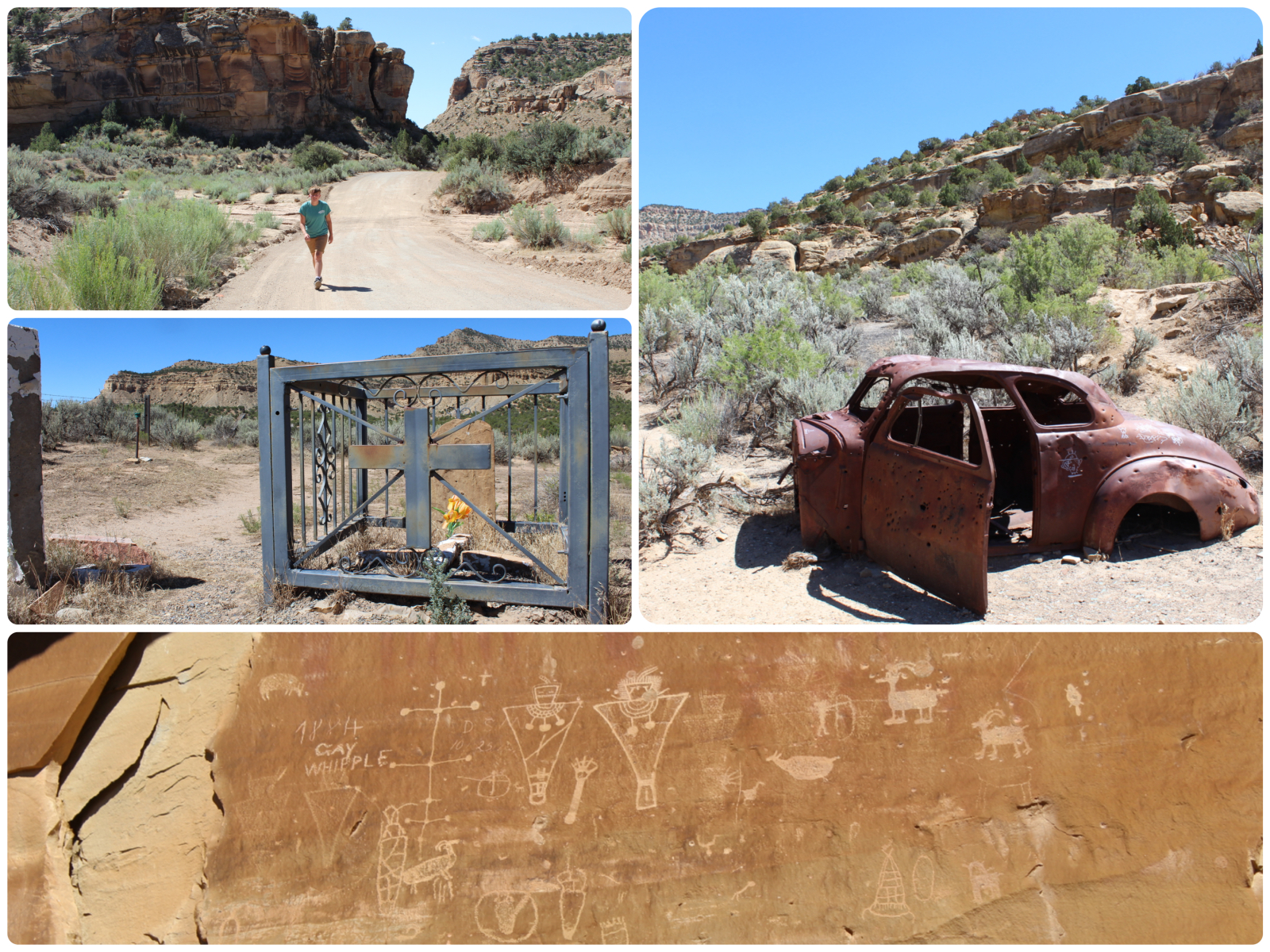
It’s jarring to see a carving from Cay Whipple, 1884, next to stories from centuries ago. One account of the area, from a miner named Water Ronzio, who’s father had moved to Sego in 1913 to work the mines, recalls “the children were fascinated by the many Indian petroglyphs engraved on the surrounding red rock walls, a veritable picture gallery.” This quote, from a 1970 book called Ghost Towns of the West, refers to those Indian tribes as “vanished,” as if they simply chose to leave and did so, or vanished like the area’s water supply, or the equipment destroyed by a series of fires in the ’50s. Of course they didn’t vanish. Then white people moved in, destroyed everything they could, and then chose to leave, and did so.

But Thompson Springs, Utah — the modern “town” closest to Sego and its petroglyphs — is its own ghost town, boasting a mere 39 residents on the 2010 Census. It’s unclear where they might live, if any still do, but we did see one elderly woman drive by the post office boxes to pick up her mail.
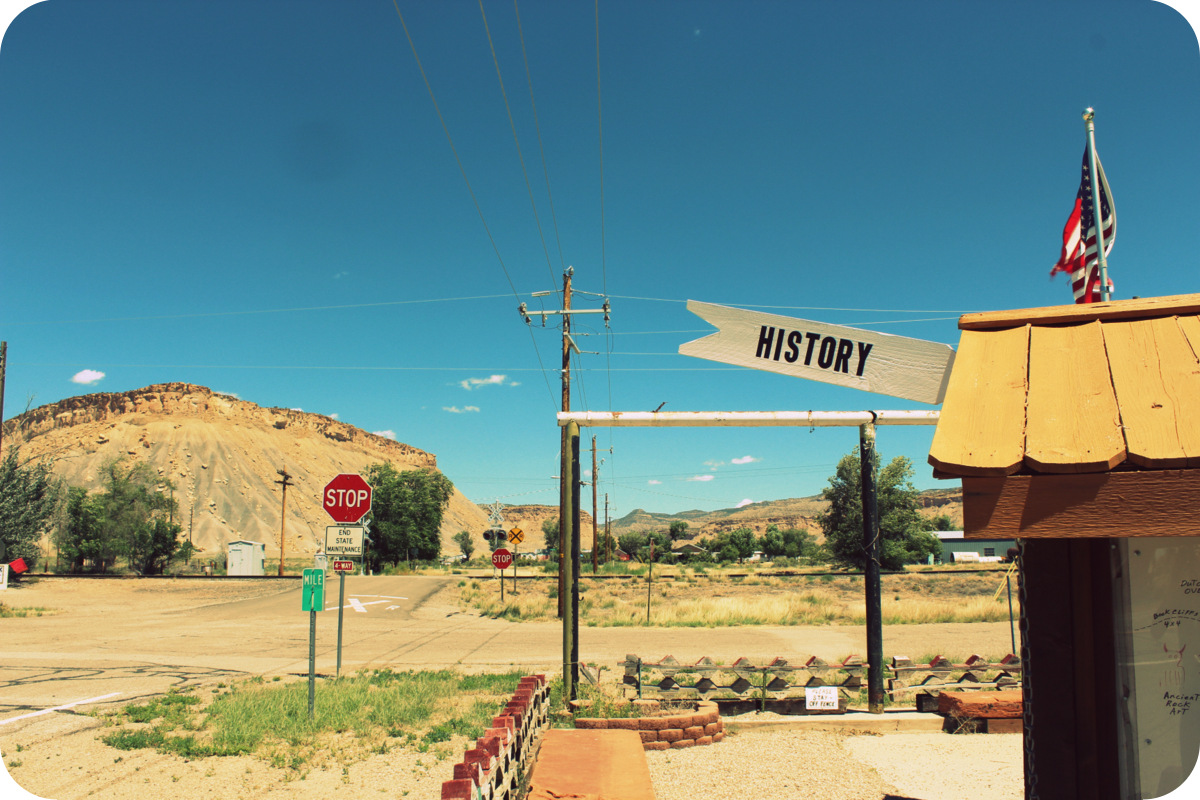
Thompson Springs got its name from E.W. Thompson, a sawmill operator, and prospered in the late 19th century as a station stop of the Denver and Rio Grande Western Railroad. Thompson Springs became a sort of community center for nearby farmers and ranchers, but really hit pay dirt in 1911 when commercial coal mining began in Sego Canyon. A railroad was built to connect the mines to the Thompson railhead, which was a tricky business from the start, due to a lack of nearby water and management problems.
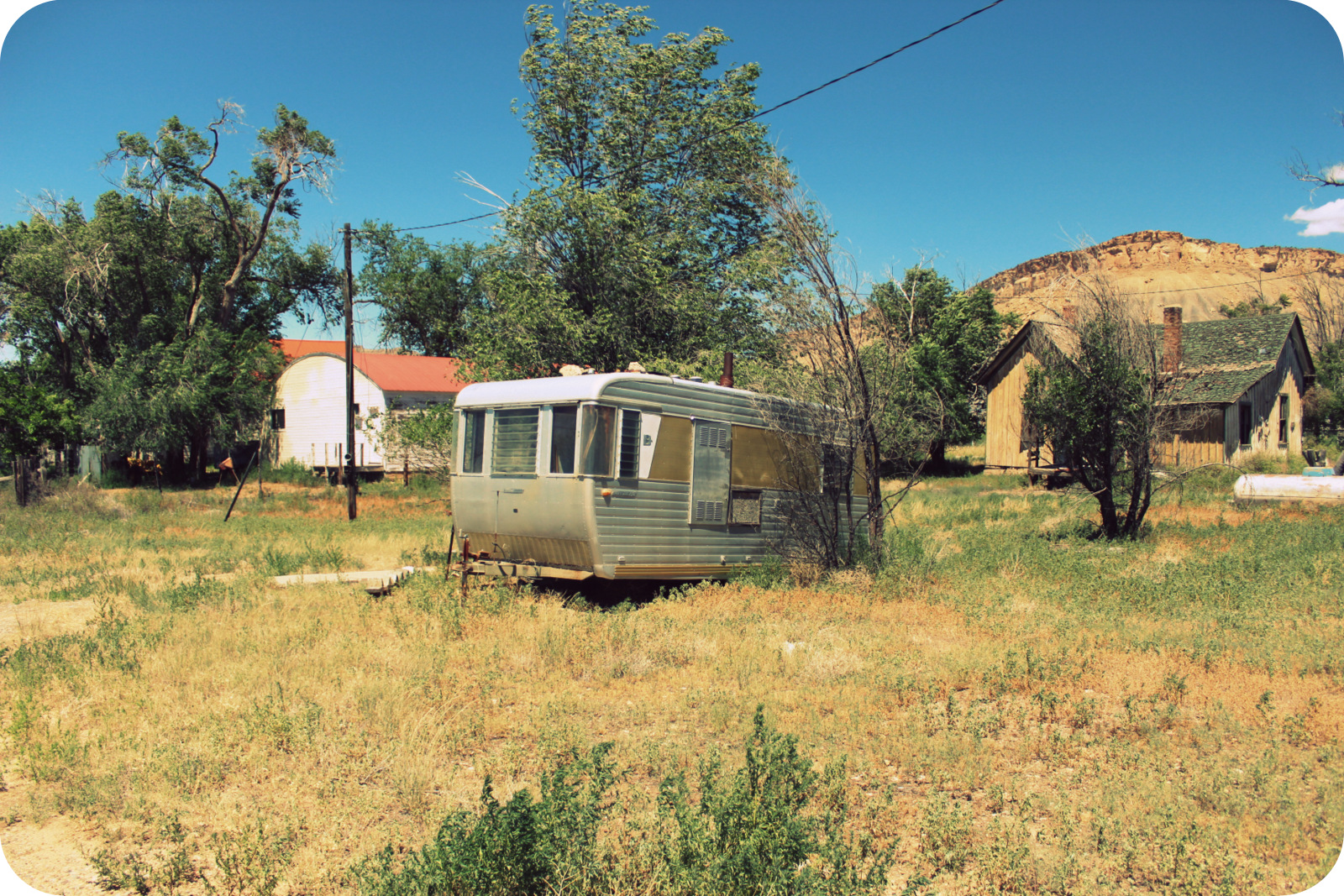
Sego was ghosted by the demand for coal bottoming out in 1955, but Thompson didn’t start fading ’til the ’70s with the construction of I-70 and then the shuttering of the passenger train stop in 1994. Without travelers coming through on NV-128 or on the train, there was no way for the town to make money.
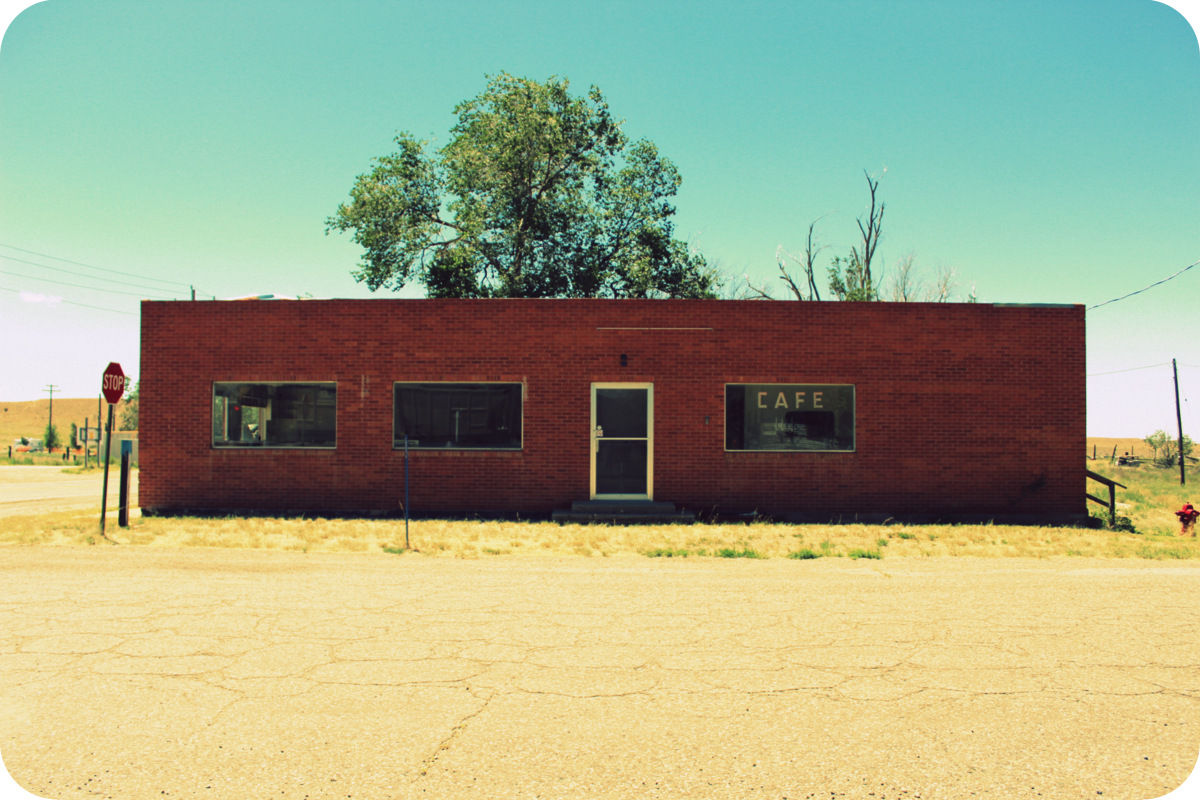
The train doesn’t stop here anymore, it just blows right past.

History is written by those who abandon, not those who leave a place the same or better than they found it.
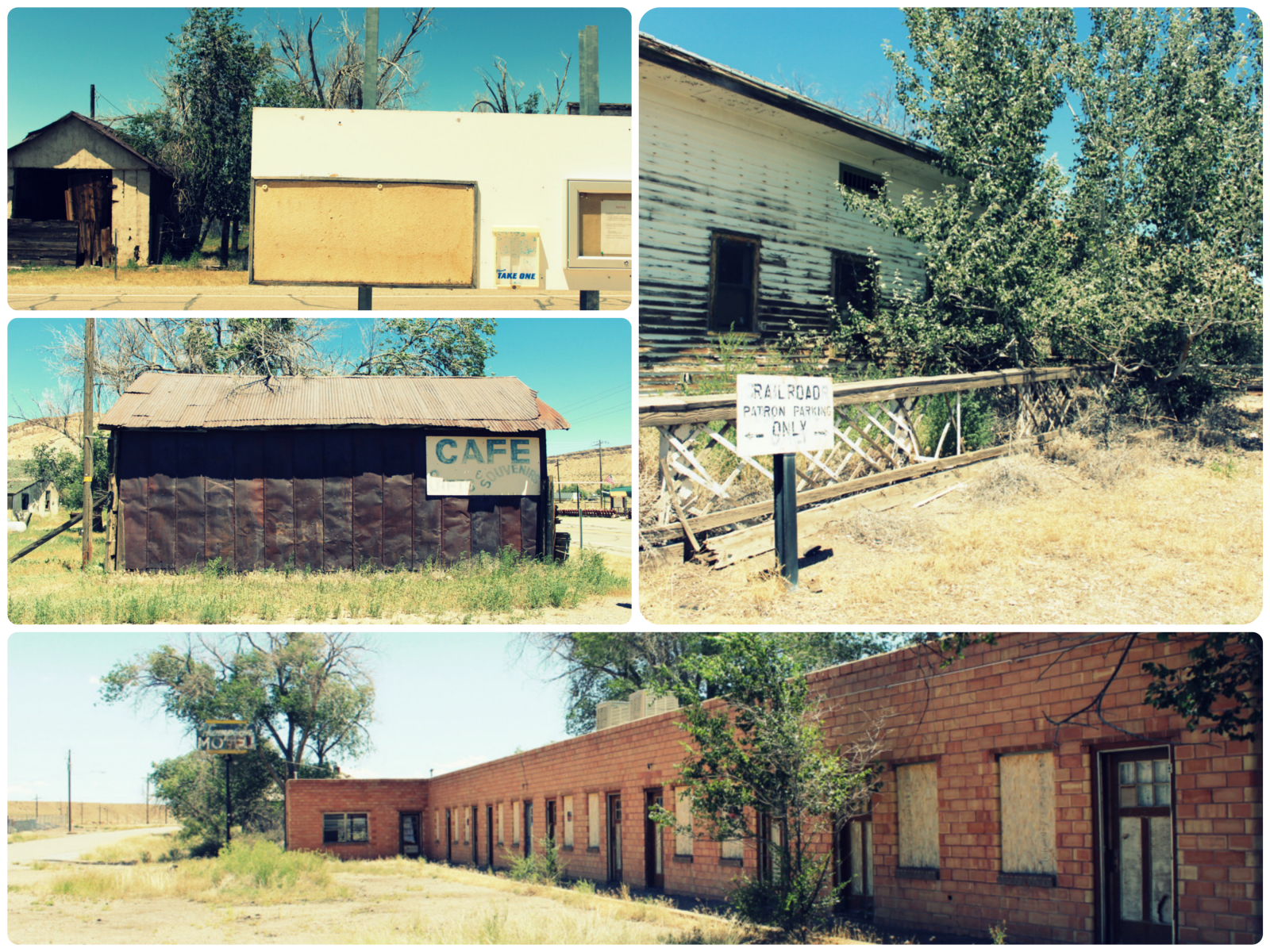
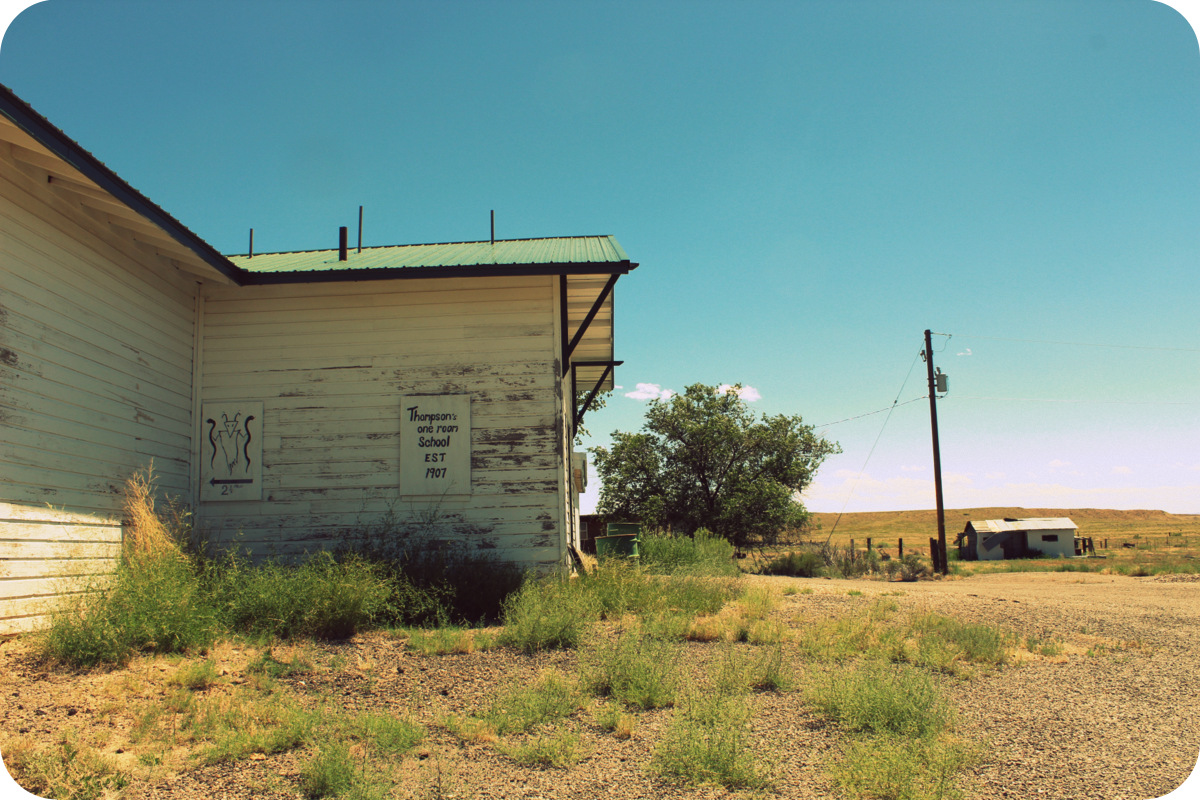
Our next stop is Denver, basically a waypoint from here to there. My last trip to Denver was in 2005, after that eight-hour stop-over in Salt Lake City, which Krista and I had arrived at after a two-day Greyhound ride from Ashland, Oregon. We met a girl on the bus with bruises on her wrists and face who’d been assaulted by a friend she was visiting in Utah and was heading home to her boyfriend, who she said would give us a ride to our hostel. But when she called him from the station, he refused even to pick her up, demanding she walk a few miles to a more conveniently located hotel. We walked with her, heavy suitcases in tow. Was it okay, to let her go off with him? What could we do?
In my car I write I feel like a theme this trip is decay and rebirth. So much of this country has been left for dead.
We meet up in Glenwood Springs, Colorado, a busy tourist town on the river filled with things we wish we had time to do. Over burgers at the CO Ranch House we settle into a comfortable, fly-swatting silence. It’s hard to spend such enormous chunks of the day so far apart from each other in our individual cars. The days that are mostly driving are the hardest days, and the days where it’s just us seeing things are wild and awesome. We get books we don’t need at Book Train and meet up again outside of Denver to see some dinosaur tracks.
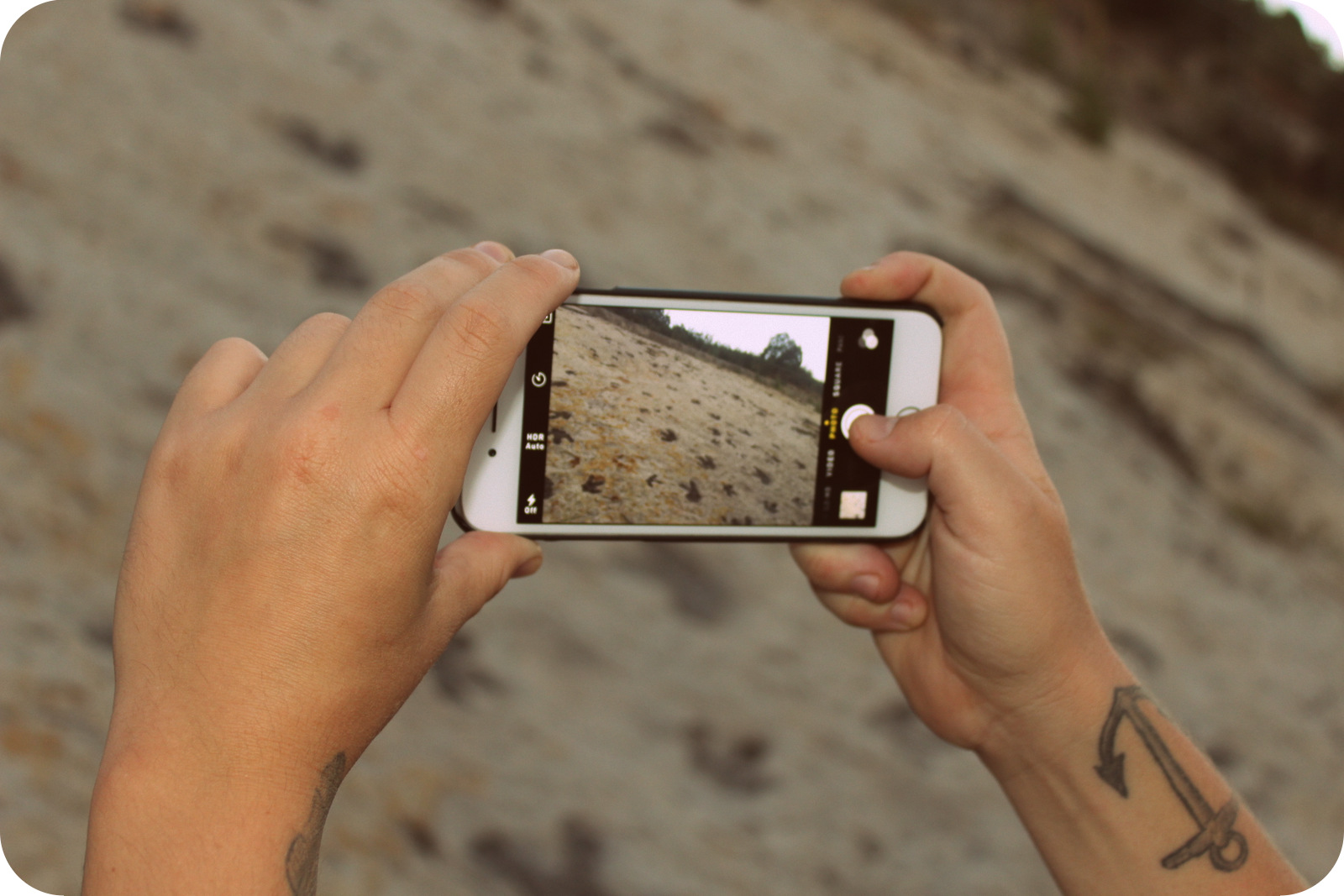
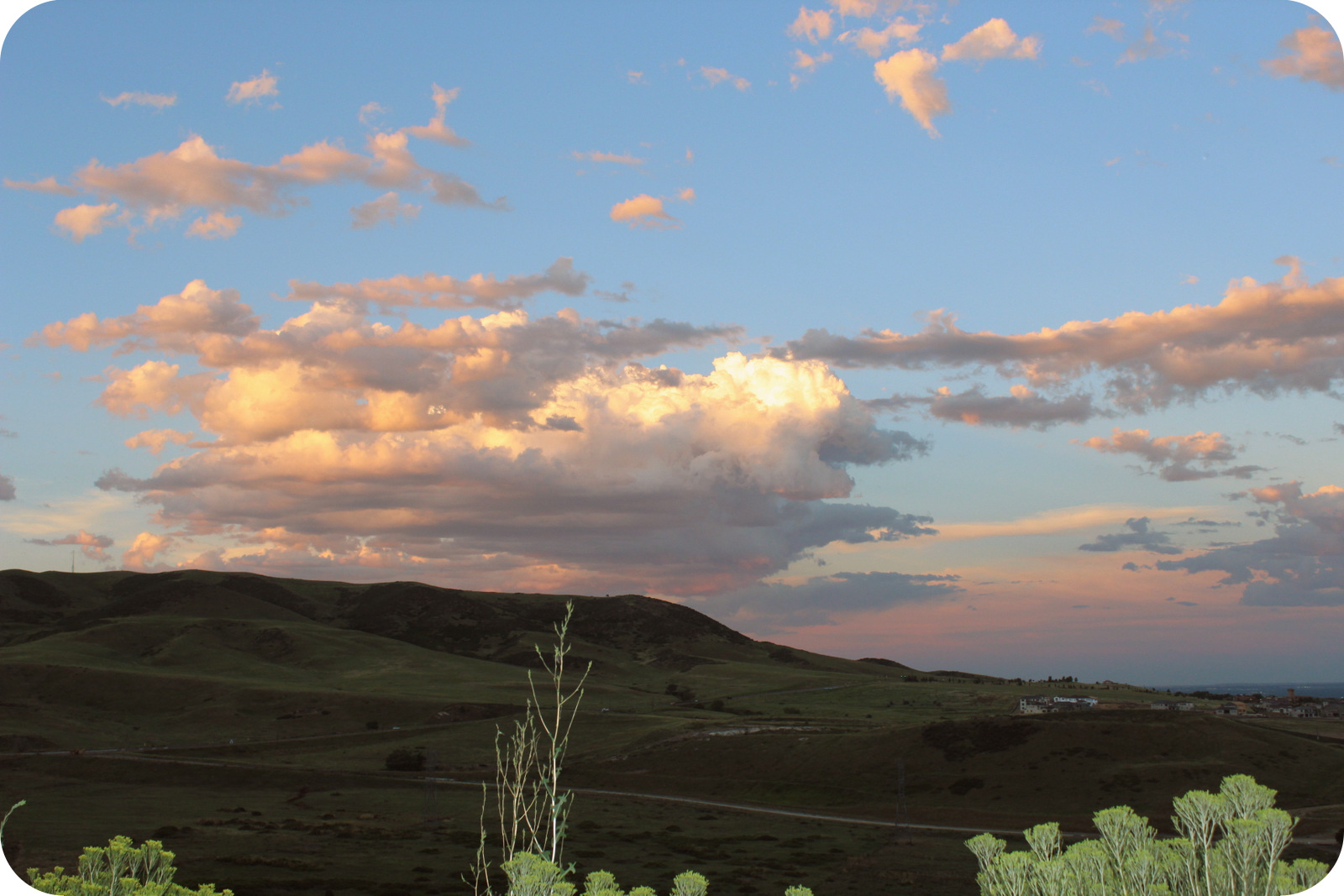
It’s past midnight when we get to our hotel in Castle Rock, which has a sign at the desk reminding us that even though the laws have changed, we can’t smoke marijuana here.







